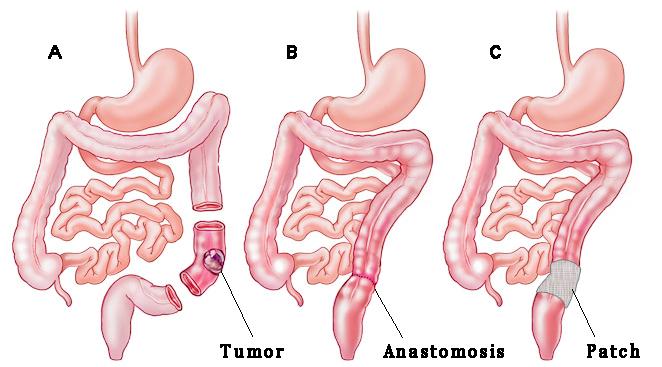| Search for content and authors |
Development of resorbable sealing patch for the prevention of anastomotic leakage after colorectal cancer surgical treatment |
| Władysław Fediuk , Sabina Urbańska-Gołąb |
|
Innovation Enterprise IMPULS mgr inż. Władysław Fediuk (IMPULS), Jelenia 2, Gdańsk 80-336, Poland |
| Abstract |
| Acronym: AnastomoSEAL
Title: Development of a resorbable sealing patch for the prevention of anastomotic leakage after colorectal cancer surgical treatment Project no.: 280929 Call (part) identifier: FP7-NMP-2011-SMALL-5 Duration: May 1st, 2012 – April 30th, 2015 Consortium: 1. Universita Degli Studi Di Trieste, Trieste, Italy 2. Universiteit Maastricht, Maastricht, The Netherlands 3. Sigea SRL, Trieste, Italy 4. RESCOLL RC, Pessac Cedex, France 5. FMC Biopolymer AS FMC, Sandvika Norway 6. Innovation Enterprise “IMPULS” mgr inż Władysław Fediuk, Gdansk, Poland Introduction:AnastomoSEAL is a collaborative three-year project co-funded by the European Commission under the 7th Framework Program. The project is carried out under the theme “Biomaterials for tissue engineering for age-related cancer and sensory organ diseases”. The purpose of the AnastomoSEAL project is to design a resorbable, biocompatible and biodegradable patch to counteract anastomotic leakage, which can be a consequence of the gastrointestinal surgery. Anastomotic Leakage (AL) is a major complication of any bowel resection, which occurs when proper and rapid regeneration of the resected bowel extremities do not take place. It has a negative impact on the health of the patient and often leads to death. The occurence of AL after surgery requires longer treatment, application of new drugs and often re-operation. These factors raise the costs of the patient therapy. The solution of the project helps to eliminate or reduce the risk of AL and would lead to significant savings for the health care. Methods: Results: 
Figure 1. A) Colorectal cancer resection; B) Sutured bowel (anastomosis); C) Sealing of the anastomosis with a biomaterial patch. The AnastomoSEAL consortium involves: The University of Trieste is the project coordinator.
|
| Legal notice |
|
Presentation: Polish Research Projects at Nano and Advanced Materials Workshop and Fair, by Sabina Urbańska-GołąbSee On-line Journal of Nano and Advanced Materials Workshop and Fair Submitted: 2013-06-28 13:27 Revised: 2013-07-30 14:50 |